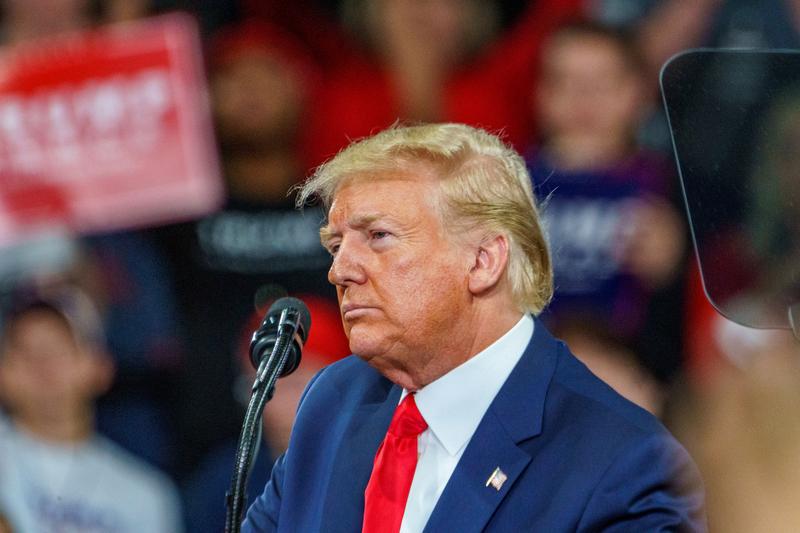President-elect Donald Trump’s directive for federal employees to return to their offices is likely to face significant legal hurdles. The move is challenged by existing union contracts and remote work agreements, setting the stage for potential legal battles within the government’s workforce of 2.3 million.
Trump vowed to dismiss federal employees refusing to revert to in-person work. He criticized the ‘terrible’ and ‘ridiculous’ agreement between the Social Security Administration and its union, which allows teleworking until 2029.
Implementing these mandates is anticipated to face substantial obstacles. Roughly 56% of federal employees are under collective bargaining agreements, and a record 10% of federal roles are fully remote. Adding to this, the General Services Administration has already started shrinking office space to reduce costs, further complicating immediate return-to-office rules.
Trump’s plan also involves reinstating the controversial “Schedule F” executive order, previously withdrawn by President Biden. This order would remove employment protections from policy-related federal jobs, allowing for easier termination of employees by political appointees. This could potentially impact thousands of career civil servants across several agencies.
The proposed Department of Government Efficiency, headed by business tycoons Elon Musk and Vivek Ramaswamy, would lead the restructuring of federal agencies and cost reduction. Ramaswamy asserts these changes could be executed through executive action without needing congressional approval, citing recent Supreme Court precedent. The commission intends to make significant cuts to federal contracting and voluntary relocation of agencies to incentivize employees to leave government service.
Key congressional leaders have shown support for Trump’s plans to downsize the workforce. Rep. James Comer (R-KY), expected to continue as House Oversight Committee chair, expressed willingness to help codify executive actions aimed at workforce reduction. Sen. Rand Paul (R-KY), likely to lead the Senate Homeland Security Committee, plans to cooperate with Trump and his allies on government downsizing initiatives. Other Republican lawmakers, including Rep. Mike Bost (R-IL) and Sen. Jerry Moran (R-KS), have advocated for easier termination of VA employees, potentially setting a precedent for more comprehensive civil service reforms.
The American Federation of Government Employees, the largest federal workers’ union, has defended remote work and teleworking. “Telework and remote work have helped increase productivity and efficiency, maintain continuity of operations, and aid with recruitment and retention,” the union asserted, contradicting Trump’s stance.
As of May 2022, federal workforce data indicates that about 54% of federal employees held positions not eligible for telework, while 10% were fully remote. The remaining 36% had various hybrid work arrangements, marking a significant shift from pre-pandemic operations.
Legal experts suggest that any widespread return-to-office mandate must take into account existing collective bargaining agreements and make provisions for workers with approved disability accommodations under Equal Employment Opportunity Commission guidelines. Teleworking has historically been recognized by the U.S. Equal Employment Opportunity Commission as a potential reasonable accommodation for disabilities, adding another layer of complexity to sweeping policy changes.
The American Federation of Government Employees advocates for a hybrid approach to work arrangements, warning that strict in-office requirements could spark a wave of voluntary resignations. Industry analysts suggest that factors such as long commutes, reduced work-life flexibility, and high childcare costs could influence federal employees’ decisions to stay in their roles. It is projected that return-to-office mandates could impact over one million American workers across various sectors.
Democratic governors and attorney generals are gearing up for legal challenges against potential changes to the federal workforce. State leaders, including California Governor Gavin Newsom and Minnesota Attorney General Keith Ellison, are working with legal organizations such as Democracy Forward to contest potential executive actions impacting federal workers. These actions form part of a wider strategy to counteract federal policy changes using state-level authority.











